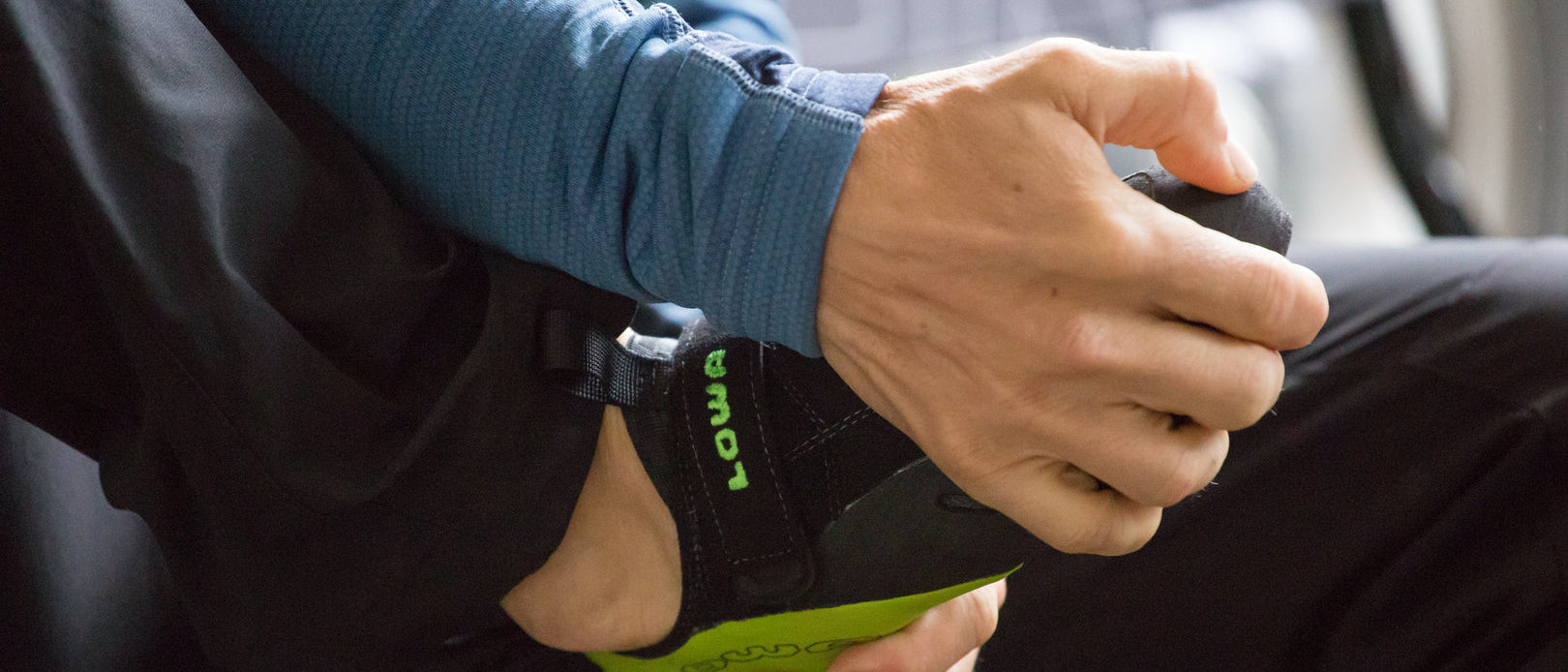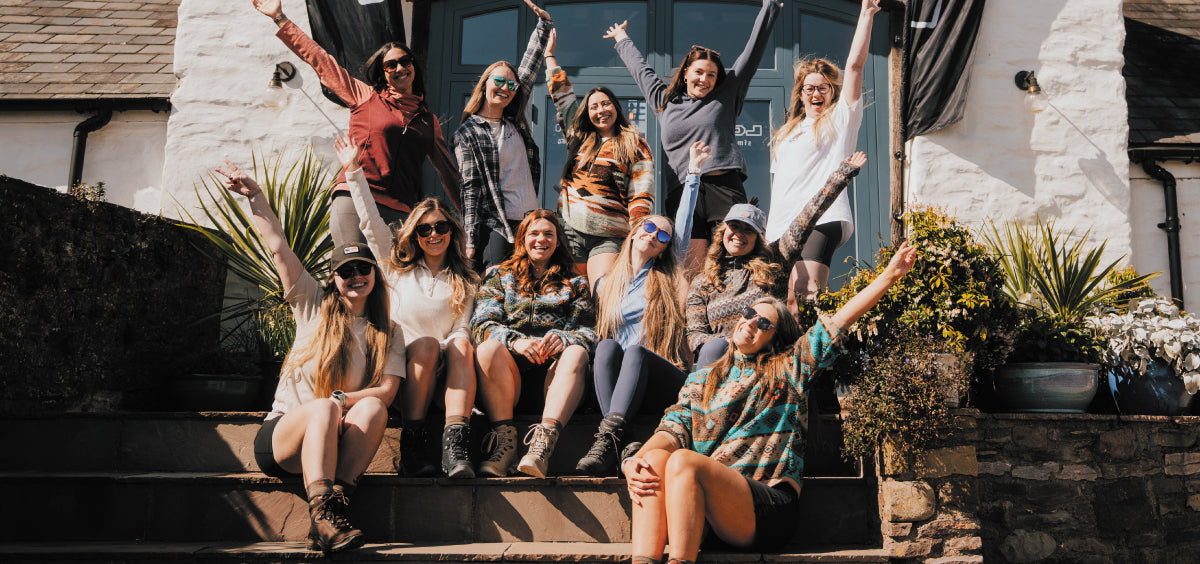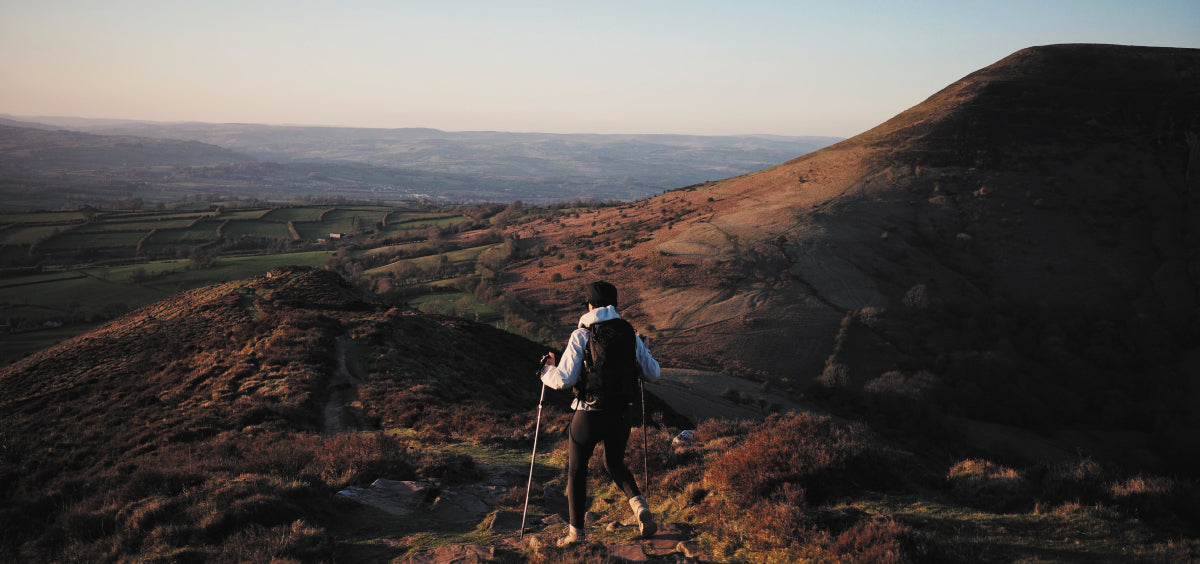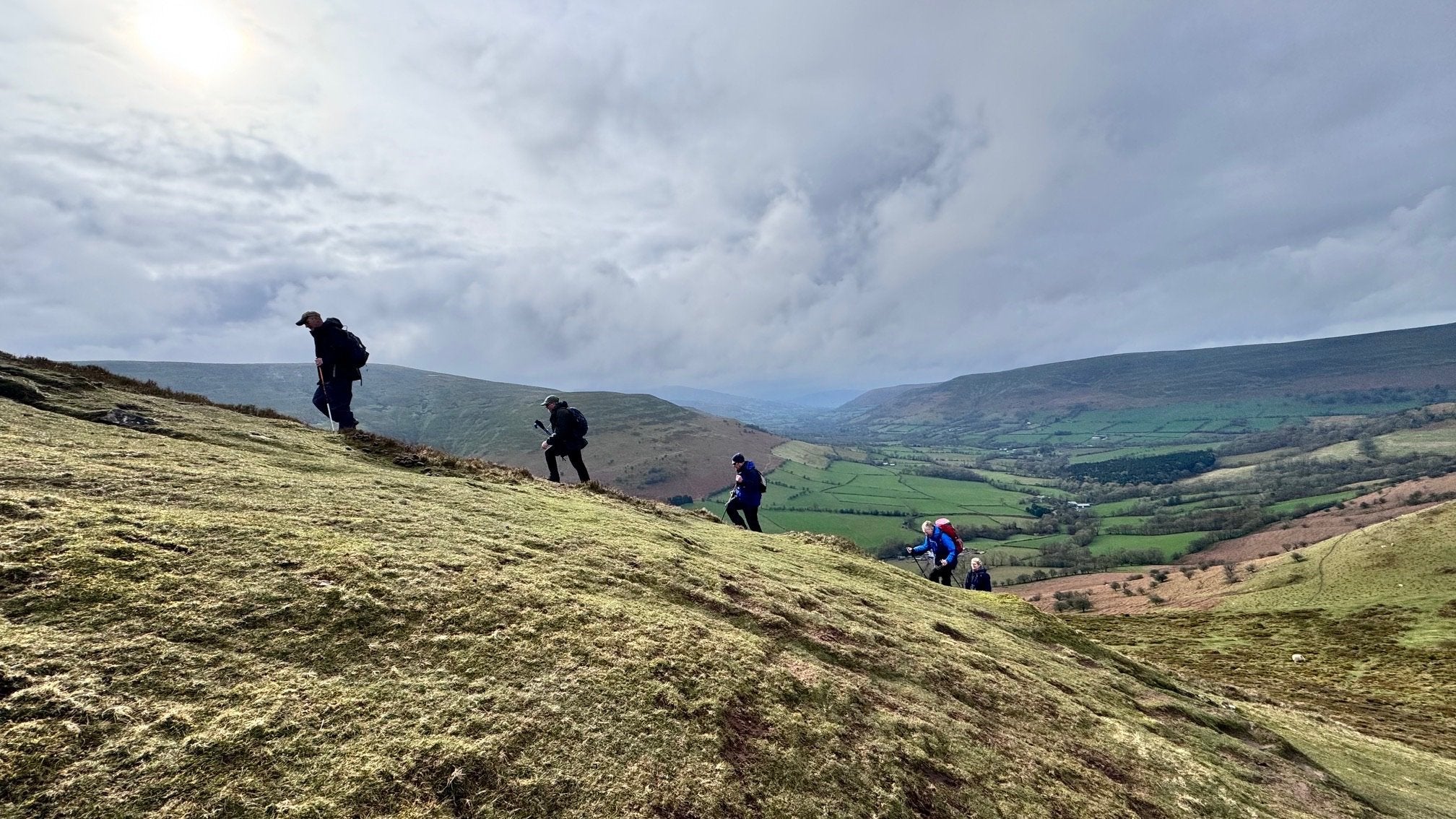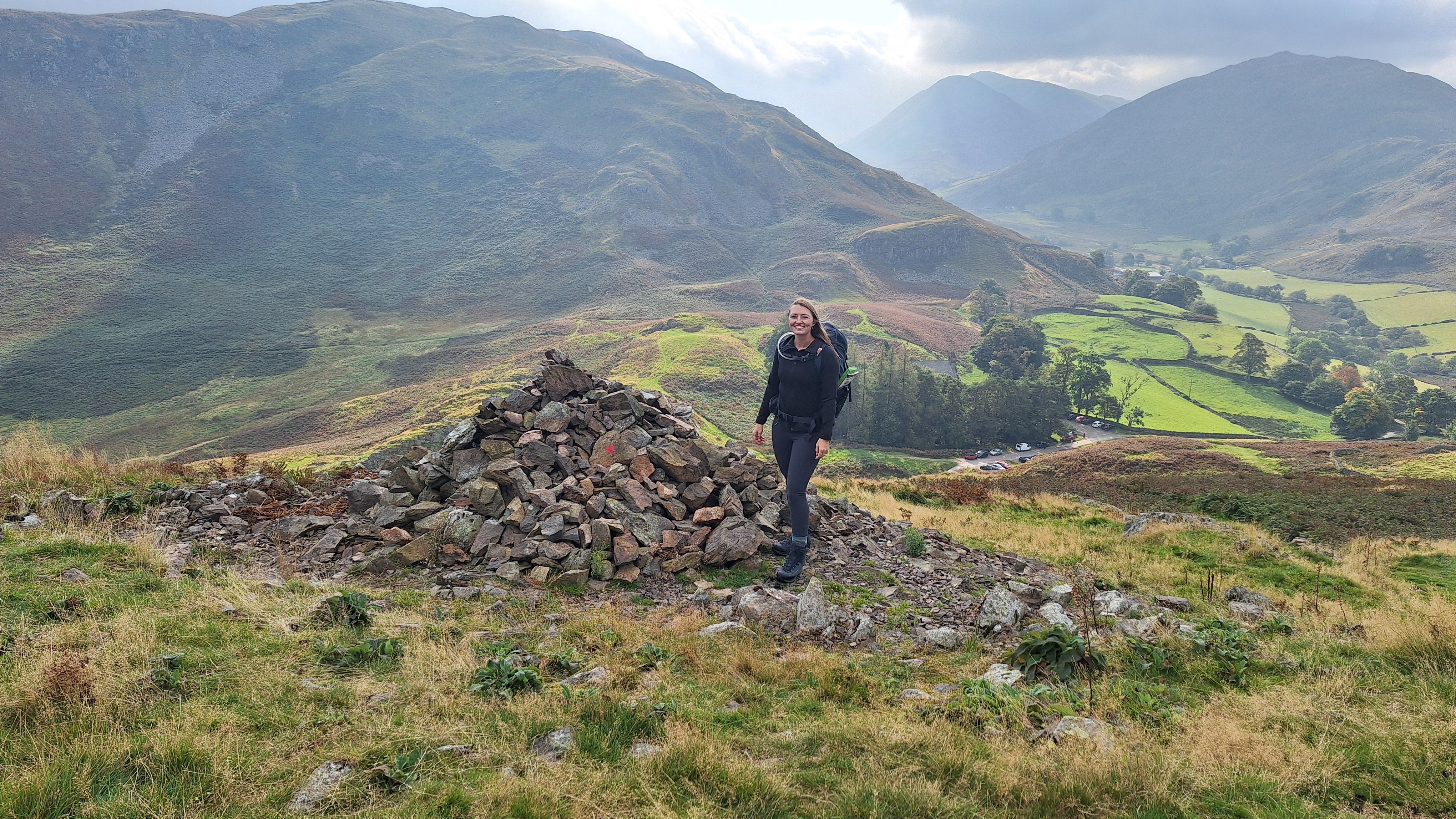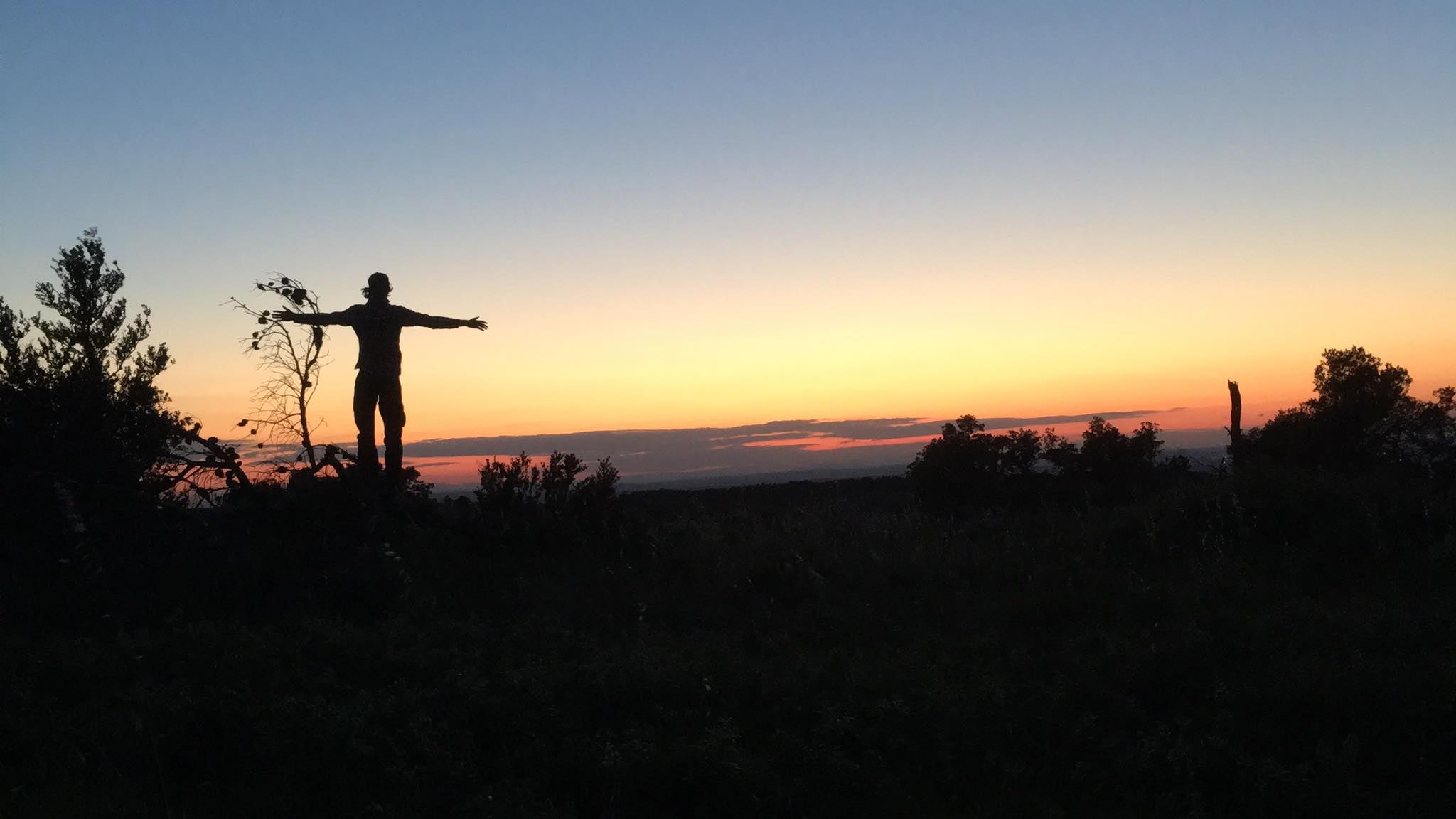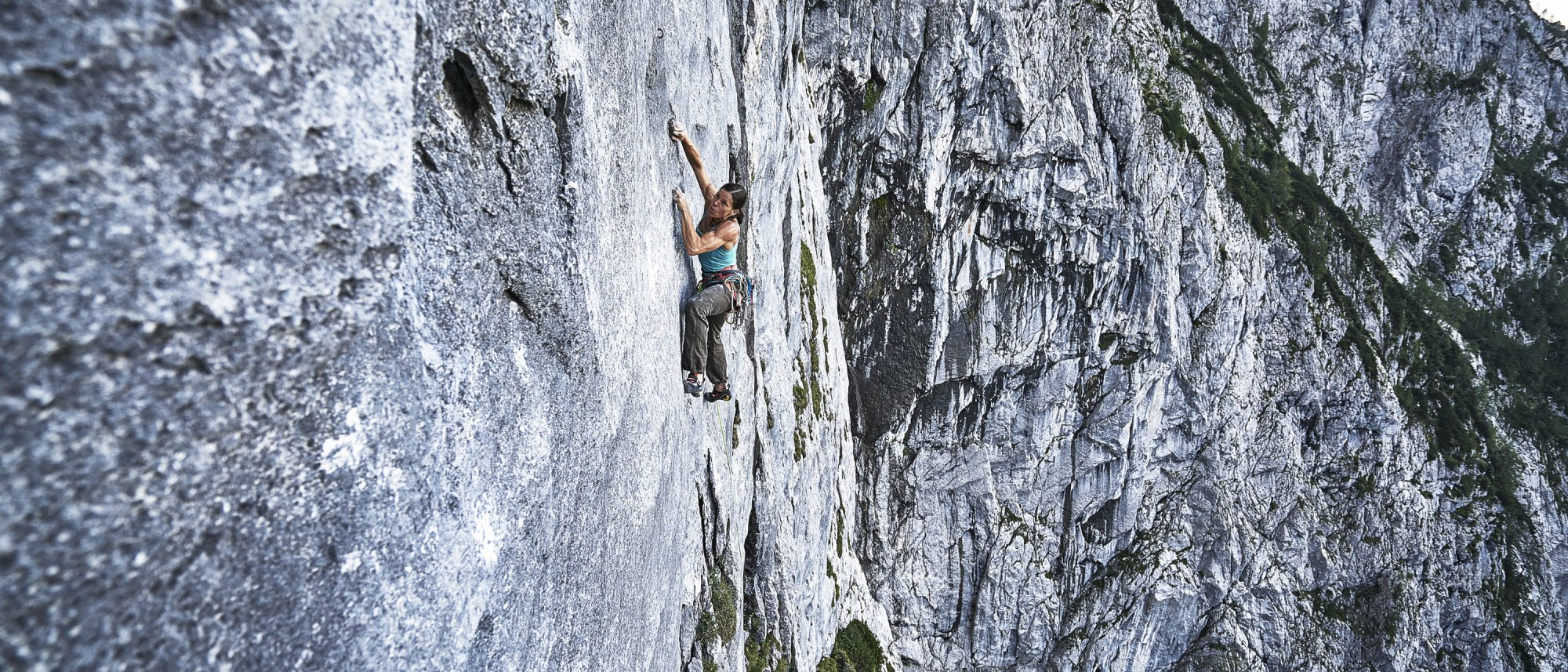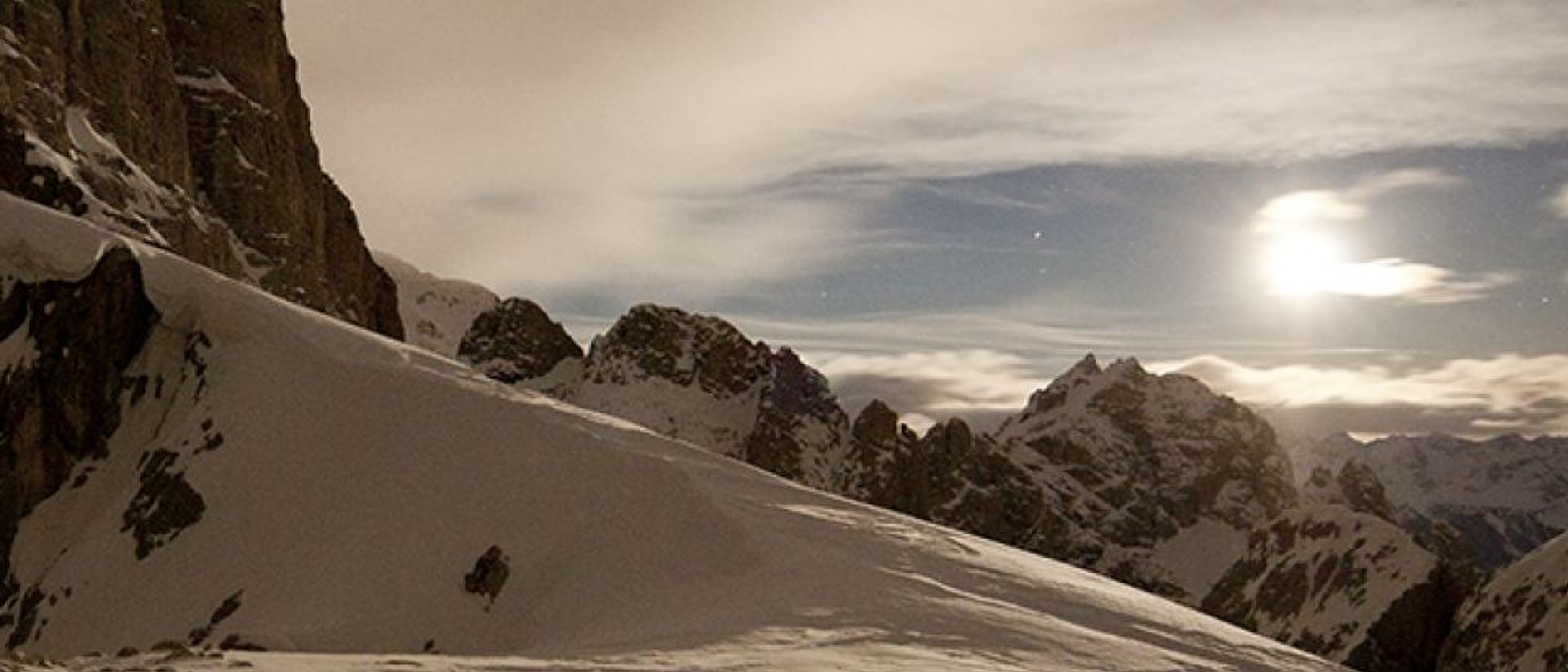Key Stretching Exercises for Walkers

Walking comes with many benefits. Not only is it a great way to spend more time outdoors, but it can also do our bodies a world of good! We often underestimate how beneficial walking can be as an exercise, but it can make a significant difference when part of a weekly routine.
Just as how walking can provide us with unexpected health benefits, it can also be surprisingly demanding on our legs, especially if you go on a long trek. If you find yourself tightening up during or after a walk, then you should consider doing some simple stretches.
Why Stretch Before Walking?
Why you should stretch before walking is the same as with any other activity. Stretches are simple, light movements that put a mild, controlled strain on joints and muscles.
Many of us know that stretching loosens muscles before activity, making strains or tears less likely. However, stretching also creates heat in the body and raises the heart rate, which helps to prepare the whole body for exercise.
Why Stretch After Walking?
One thing that even experienced hikers can sometimes forget is just how useful stretching can be after a hike. In the same way that stretching before exercise gradually prepares the body from a standing start, stretching after activity helps to return the body to its resting levels slowly.
Stretching or cooling down after walking can help to lower your heart rate gradually and notably improve flexibility, so should be part of your routine as frequently as possible.

How to Stretch for Hiking
Walking stretches, as you can imagine, focus intently on the leg muscles and joints. The ideal stretching pattern for walkers starts from the feet and works up the body symmetrically on both sides. The same stretches can be used before and after your walk.
Here are some essential exercises that you should always look to include if you want to introduce stretches in your walking routine. If you have any particular areas that are of concern to you, such as knee or hip joints, then look up specialist stretches that can provide support where you need it most.
Ankle Circles
Ankle circles are very simple stretches that help to loosen and prepare the ankle joints for activity. Because the stretch is so straightforward and ankles are one of the most common injury locations for hikers, this is a stretch we highly recommend.
To do ankle stretches, lift your foot off the ground and begin to draw wide circles in the air with your toes. This movement should exercise the full range of motion for your ankle. Do this six-to-eight times either clockwise or anticlockwise before doing the same in the other direction.
Remember, this is a stretch that can be done while seated if you find yourself struggling for balance.
Calf Stretch
The calf is the thin muscle at the back of your lower leg, which is activated when we stand on our toes. While you may not realise it, we do this quite a lot while walking, so it’s a vital muscle.
To perform a calf stretch, stand with both feet shoulder-width apart. Move forward with one leg, bending the knee, while keeping the standing leg rooted to its original position. Make an effort to push the standing leg’s heel onto the ground. This action should cause that leg’s calf to stretch – its strength can be controlled by how forward your other leg is while keeping the standing heel grounded.
Hold this stretch for about 10-15 seconds on each calf.

Hamstring Stretch
The hamstring is one of the leg’s most essential and commonly injured muscles. Hamstrings are the muscles that cover the back of the upper leg and play a huge role in our everyday movement.
There are many different ways in which you can stretch your hamstring as part of a warm-up. The most recommended way is by lying on your back and resting one foot on the floor, with the knee bent at 90 degrees. Lift your other foot, so its sole is facing the sky and hold it in place with your hands.
While ensuring your lifted leg stays straight, pull it towards your chest to initiate the stretch. Again, you should hold this for around 10-15 seconds on each leg.
Thigh Stretch
The thigh is the large muscle that sits on the front of the upper leg. As with the hamstring, there are many different ways this can be stretched. However, to ensure a good stretch, its often recommended that you do this from a grounded position.
To stretch your thigh, lie on one side with your knees and feet together. Using your free hand (the one not supporting you underneath), grab the higher of your two feet and bend it back so that your heel is approaching your buttock. Make sure that your knees stay aligned and your body is straight, and you should feel your thigh begin to stretch.
Again, the strength of your stretch can be controlled by how much you pull the foot towards your body. Hold this for 10-15 seconds on each leg.

Inner-Thigh Stretch
This stretch can also be known as a groin stretch, which targets a range of smaller muscles that help with many of our sideways leg movements. Very rarely do we walk in a straight line, which is why these muscles are surprisingly vital to any walker or hiker.
Again, there are many ways you can stretch these muscles, but the best way for control is from a seated position. On the floor with your back straight, pull your feet together so that their soles are touching. From here, try to lower your knees, which will cause the muscles to stretch. As with the other stretches, hold this for 10-15 seconds.
Arm Circles
This stretch is particularly relevant to hikers or any walkers that carry bags or rucksacks for an extended period, as it activates many of the muscles in your shoulders.
This stretch works similarly to the ankle circles. Holding your arms straight out to the side, slowly draw circles with your hands, starting small and gradually increasing in size. You should aim to do around 12 circles in total, starting with tiny movements around the size of your palm to large but controlled swings reminiscent of a windmill.
Once you’ve done this one way, such as clockwise, repeat in the other direction.

Even if you feel healthy and prepared for your walks, taking five minutes to complete these basic stretches before and after will help to improve your walking health and longevity! Remember, if you need a new pair of Gore-Tex hiking boots, be sure to check out our extensive range, perfect for walkers of all needs.
